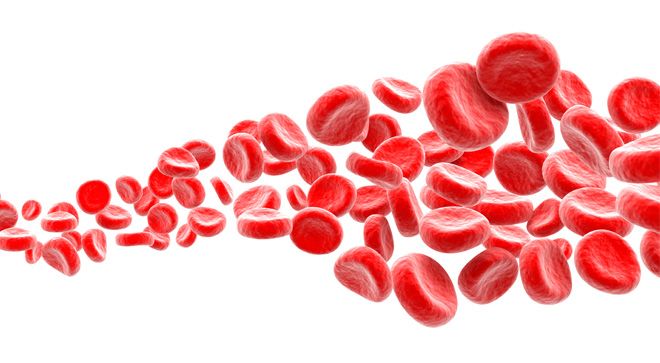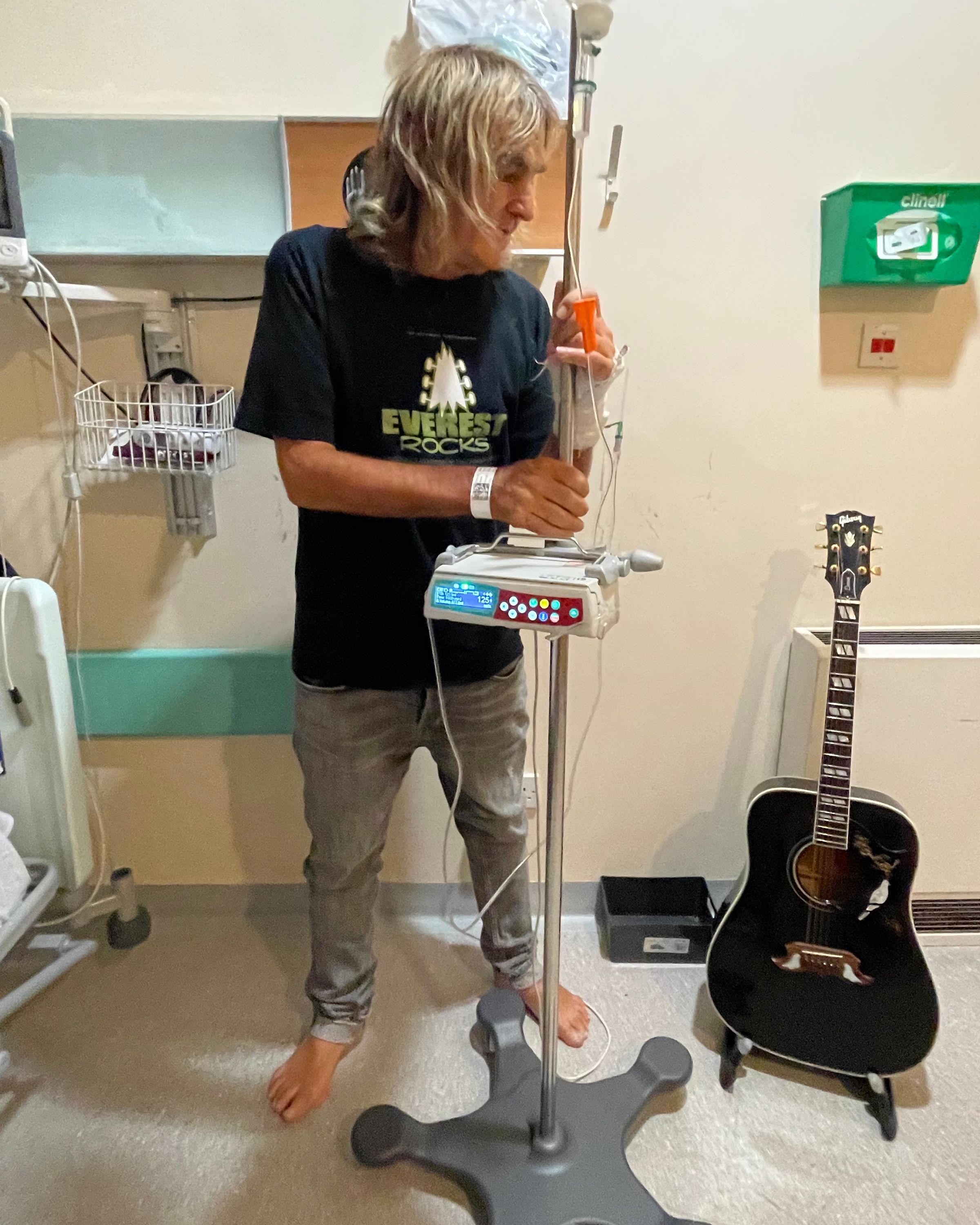Article
Genomic Analysis Points to More Effective Treatment Options in Lymphoma Subtype
Author(s):
Thanks to genomic analysis by scientists at the Dana-Farber Cancer Institute and the Broad Institute of MIT and Harvard, diffuse large B cell lymphoma (DLBCL) is now a little easier to understand – and possibly easier to treat.
Thanks to genomic analysis by scientists at the Dana-Farber Cancer Institute and the Broad Institute of MIT and Harvard, diffuse large B cell lymphoma (DLBCL) is now a little easier to understand — and possibly easier to treat.
With around 25,000 diagnoses each year in the United States, DLBCL is the most common form of lymphoma in adults. Using current testing methods, about 60 percent of patients can be treated successfully with a standard combination of chemotherapy and targeted drugs. But nearly 40 percent develop a recurrence, which is more difficult to treat due to a complicated mix of genetic alterations.
This led the team of researchers to explore ways to use that genetic diversity against the disease, said Margaret Shipp, M.D., chief of Dana-Farber’s Hematologic Neoplasia division and director of the Lymphoma Program of the Dana-Farber/Harvard Cancer Center.
In an exclusive interview with CURE, Shipp, who is co-corresponding author of the paper presenting their work, explained that earlier studies explored genetic alterations that focused simply on mutations. This study — published in Nature Medicine — was the first to also examine two other types of alterations, copy number alterations and chromosomal rearrangements, and the genetic combinations that occur in specific patients.
“To fully understand the genetic heterogeneity [or diversity] of the disease, we needed to look at all three types of alterations and see if there were certain alterations that occurred together in subtypes of tumors,” said Shipp.
In analyzing samples from 304 patients, researchers found that some genes could indeed be affected by more than one type of alteration. “If you had only looked at mutations, you would completely miss a significant number of tumors that were altered by a different type of process,” explained Shipp.
The team then used a clustering algorithm on their data to discover that DLBCL tumors can be divided into five genetic subtypes characterized by specific combinations of alterations. “By identifying those genetic signatures, we have insights into the unique biology of a patient’s tumor,” she added.
This insight then led the team to discover clear links between each subtype and how patients responded to standard treatment. “You could say one group is less likely to do well with standard combination chemotherapy versus another group,” said Shipp.
“The types of alterations that occurred suggested that certain groups may be more susceptible to targeted therapies because they involved specific pathways that we know enough about,” she added. In some cases, these targets could be inhibited by drugs that are already approved for other conditions.
With these findings, Shipp and her team are now working on ways to identify these genetic signatures in patients to help improve outcomes. “This research opens the door to a whole series of additional investigations to understand how the combinations of these genetic alterations work together, and then to use that information to benefit patients with targeted therapies,” she said.
“The goal of this analysis is really to use the information to more effectively treat patients.”




